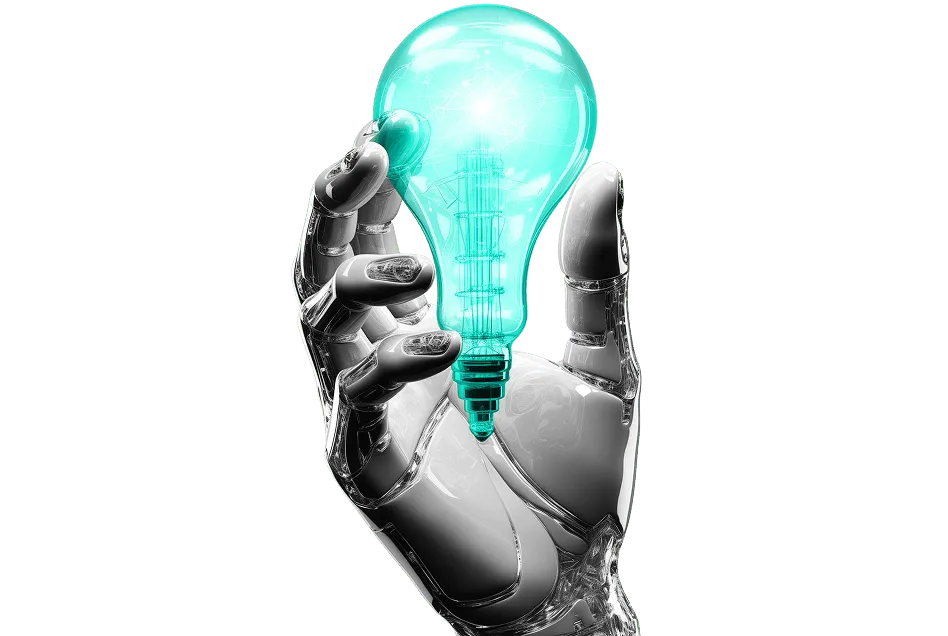The recomposition of work
This week, I am attaching a brief report that highlights the key findings from our study on the Recomposition of Work. I hope you like this report.
1. The New Imperative: Human-Guided AI
AI delivers the highest returns when guided by human expertise. Workflows anchored in:
- Prompt refinement
- Output verification
- Contextual supervision
lead to significantly better outcomes than AI operating in isolation. Organizations that integrate human-AI collaboration models are seeing measurable gains in productivity, especially in content creation, analytics, and predictive decision-making.
2. Performance Advantage and Emerging Disparities
AI acts as a force multiplier for high-performing professionals, augmenting their skills with tools like advanced forecasting and real-time analytics. However, this amplification introduces a risk: mid-skill roles are becoming increasingly vulnerable to displacement, and even high-skill roles are at risk of being downgraded to routine execution.
- Application Developers are reduced to ticket-based coding
- Business Analysts often only document specifications
- HRIS Analysts are limited to headcount extraction
3. Labor Market Signals: AI Talent Demand vs. Entry-Level Decline
- AI-related hiring has surged by over 30% relative to overall hiring, signaling an inflection point in enterprise strategy.
- Entry-level job postings continue to decline globally, especially among Fortune 100 companies.
- Yet, specific early-career roles in AI/ML are growing rapidly — Prompt Engineers (+119%), ML Ops, Data Annotation Specialists, and AI Threat Analysts are in high demand.
Additionally, roles once reserved for mid-career professionals — such as DevOps or QA Engineers — are now being offered to early-career talent.
4. Human Task Share Will Continue to Shrink
According to WEF projections, the human share of task execution will fall from 47% in 2025 to 33% by 2030. Enterprises must therefore strategically allocate tasks between AI, hybrid models, and human-only zones to remain competitive.
5. Agentic AI: A Framework for Sustainable Human-AI Collaboration
Agentic AI systems require:
- Predefined subsystems and task blocks
- Prompt orchestration by users
- Feedback-driven refinement loops
Draup’s Etter Model classifies tasks into six types:
- Machine-only: Directive tasks
- Human+AI: Feedback, Validation, Learning, Iteration
- Human-only: Strategic, Creative, Domain-Expertise
6. Role Evolution in a Recomposed Workforce
Organizations are now seeing a shift toward five categories of emerging roles:
- Emerging Tech Roles: ML Ops, Prompt Engineering
- Non-Tech Emerging Roles: Experiential Learning Specialist
- Enterprise Augmented: AI Financial Analyst
- Industry-Integrated Roles: AI Underwriting in Insurance, AI Drug Discovery
- Agentic Roles: AI Ethics Analyst, Task Automation Specialist
7. Upskilling Momentum and Opportunity
New data shows:
- 45% growth in coding participation
- 35% decrease in learning time
- 70% of AI learners are from non-traditional backgrounds
This signals broad-based interest and a window for inclusive workforce transformation.
Conclusion: A Critical Juncture
We are at a once-in-a-century inflection point in the design of work. Organizations that embrace recomposition — not just automation — will empower human potential in the AI era and build a future-ready workforce architecture










.svg)




















.svg)





.svg)
